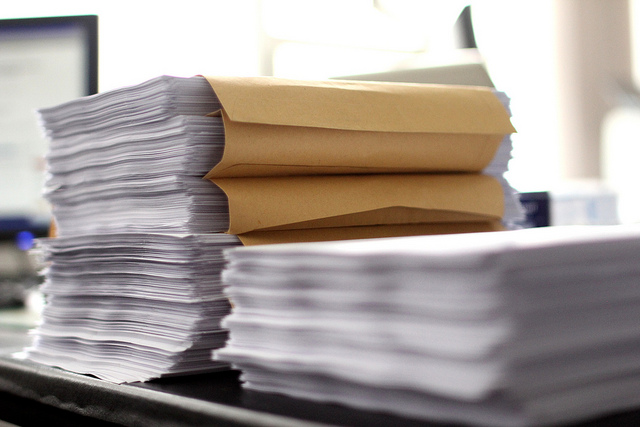
Treasury demonstrates some impressive verbal jiu jitsu to avoid the “M” word.
The U.S. Department of the Treasury released its semi-annual Report to Cognress on International Economic and Exchange Rate Policies came out this week.
The currency report! The twice-a-year crack that the White House has to call its trading partners to task if and when they manipulate their currencies in order to gain artificial trade advantages at the expense of the American competition. Would this be the release in which Treasury follows through on its own logic and actually names countries like China currency manipulators?
And lo, the press office at Treasury waved its mighty hand and released its report, and … no. It explained that China manipulates its currency, and then refrained from calling it a currency manipulator:
China should allow the market to play a greater role in determining the exchange rate. This includes refraining from intervention within the band and adjusting the reference rate if market pressures push the exchange rate to the edge of the band.
But this instance of mind-numbing, bureaucratic verbal jiu jitsu is hardly the first time Treasury has refused to say the "M" word. Come along as we examine (with gifs!) the last nine times Treasury has cranked out its currency report, typed out evidence of currency manipulation, and sat on its hands.

JULY 2010:
China’s continued rapid pace of foreign reserve accumulation; the limited appreciation of China’s real effective exchange rate relative to rapid productivity growth in the traded goods sector; and the persistence of current account surpluses even during a period when China’s trading partners are in deep recession – together suggest that the renminbi remains undervalued.

FEBRUARY 2011:
China’s continued rapid pace of foreign reserve accumulation and the huge flow of capital from the Chinese public to advanced countries that it implies, the essentially unchanged level of China’s real effective exchange rate especially given rapid productivity growth in the traded goods sector, and widening of current account surpluses, all indicate that the renminbi remains substantially undervalued.

MAY 2011:
That continued rapid pace of foreign reserve accumulation in China; the broadly unchanged level of China’s real effective exchange rate, especially given rapid productivity growth in the traded goods sector; and the projected widening of current account surpluses, all indicate that the real effective exchange rate of the renminbi remains substantially undervalued.

DECEMBER 2011:
China's large foreign reserve accumulation has prolonged the misalignment in China’s real effective exchange rate and hampered progress toward global rebalancing, including among economies that compete with China for exports.

MAY 2012:
China is gradually allowing necessary external adjustments to take place, as indicated by the decline in China's current account surplus together with real appreciation of the RMB since June 2010 and China's steps to gradually open its capital account.

NOVEMBER 2012:
From June 2010, when China moved the renminbi (RMB) off its peg against the dollar, through early November 2012, the RMB has appreciated by 9.3 percent against the dollar and 12.6 percent on a real, inflation-adjusted basis.

APRIL 2013:
China's exchange rate has appreciated in recent years, but continues to be tightly managed.

OCTOBER 2013:
The RMB is appreciating on a trade-weighted basis, but not as fast or by as much as is needed, and intervention as resumed.

APRIL 2014:
In China, the RMB appreciated during 2013 on a trade-weighted basis, but not as fast or by as much as is needed, and large-scale intervention resumed.

Is your brain fried yet? Don't worry; we'll have another release from Treasury where it will find another way to squirm out of stating the obvious: China manipulates its currency, and we're paying for it.
